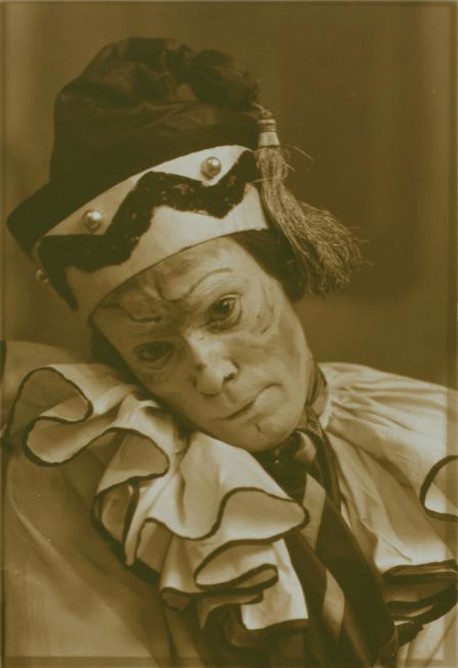Stravinsky, Petrushka

Stravinsky’s ballet Petrushka opens amid the festivities at the Shrovetide Fair. And since Shrovetide takes place this week, now may be a good time to look at Petrushka?
Despite my Anglican leanings, I did not grow up hearing about “Shrovetide.” In South Louisiana, we always referred to it as Mardi gras and, occasionally, Carnival. Anything else would have drawn blank stares. In Stravinsky’s Russia it’s Maslenitsa. All of these terms refer to the day (sometimes days) preceding Ash Wednesday.
Stravinsky composed the work in 1911 for Serge Diaghilev’s Ballet Russes in Paris. The prior year Stravinsky had scored a major hit with Firebird. He already had his commission from Diaghilev to write Rite of Spring and had begun work on it. But, with Diaghilev’s agreement, he set Rite of Spring aside to work on Petrushka. Rite of Spring would premiere in 1913 and turn the music world upside down. Petrushka was by no means conventional, but it was well received. It now has an honored place as one of the great ballets, and also as one of Stravinsky’s most popular concert pieces.
The story, which I cannot fully explain here, involves three puppets that are brought to life by the Charlatan at the fair: Petrushka (a stock character sometimes called Punch or Pulcinella), the ballerina, and the Moor. Petrushka suffers a tragic fate at the hands of his rival, the Moor. Even so, the music most often overflows with joy and exuberance.
Stravinsky uses five Russian folk songs in the two scenes that take place at the fair (1st and last tableau). The waltzes in the third tableau were borrowed from the Austrian composer Joseph Lanner. These themes (and others) often take on a grotesque and humorous character. They combine a simple child-like melodic character and with harmonic and rhythmic sophistication. The music fluctuates constantly, going to extremes in all directions, and the colorful orchestration shows the influence of Stravinsky’s mentor, Rimsky-Korsakov. Stravinsky rescored the work in 1947 for a slightly smaller orchestra than the original.
Although the work stands on its own as a concert piece, to get the full effect you need to see the ballet. You can find several videos online.



